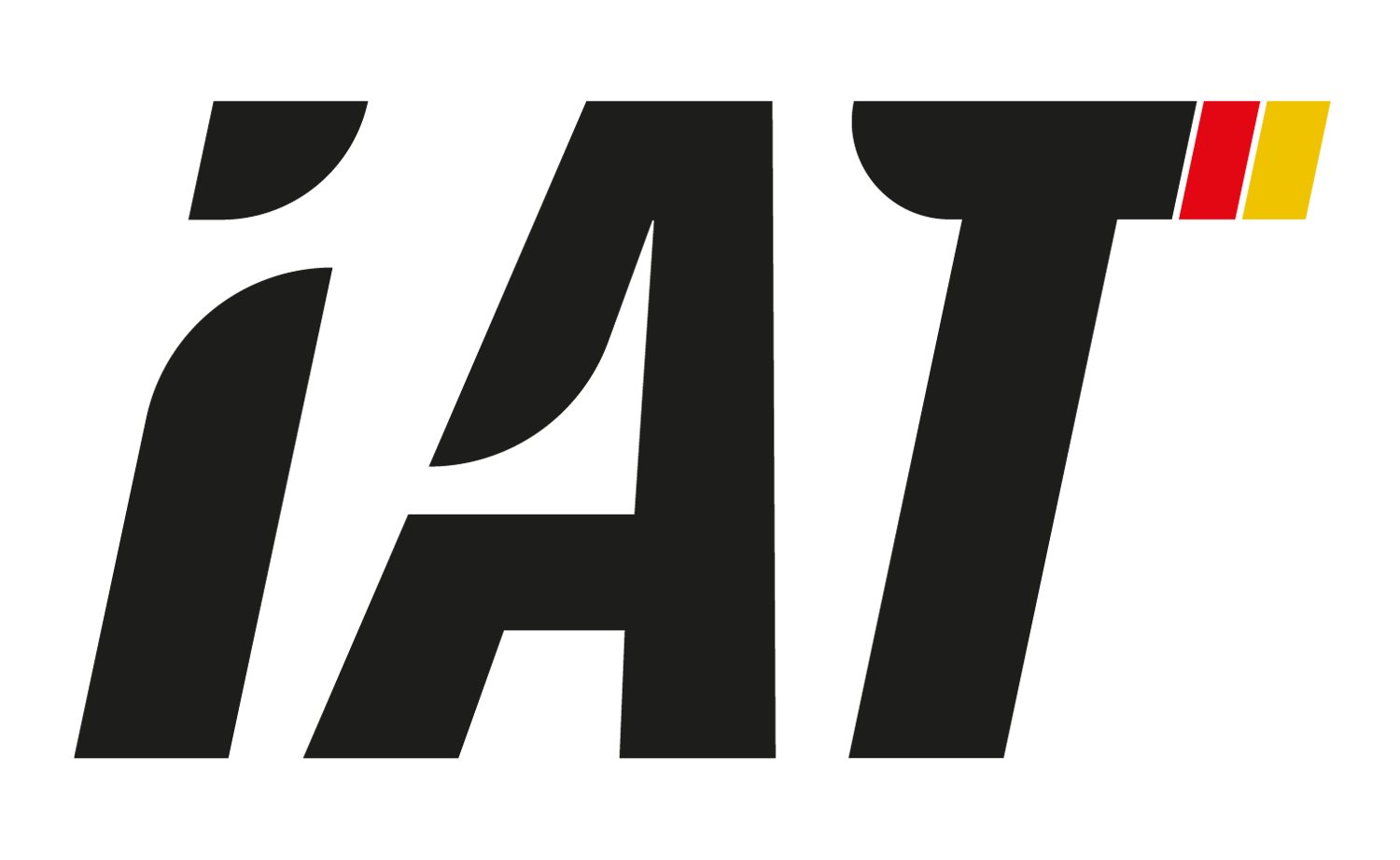Growth hormone response to training regimen with combined high-and low-Intensity resistance exercises
We had previously shown that performing a single set of resistance exercise at 50% of 1 repetition maximum (RM) added after a high-intensity, low-repetition exercise (strength-type regimen) greatly enhanced growth hormone (GH) secretion [Goto et al. (2003)]. The present study aimed to investigate the effect of an additional set at 50% to 20% of 1RM after a strength-type regimen on anabolic hormone secretion. Eight male subjects performed bilateral knee extension exercises using a strength-type regimen (5 sets at 90% of 1RM, with 3-min rests), and other 3 types of regimens, in which 1 set of exercise at either 50%, 30% or 20% of 1RM was added immediately after the strength-type regimen (defi ned as C50-type, C30-type and C20-type regimens, respectively). Concentrations of serum GH, testosterone and blood lactate were measured before and after exercises. The number of repetitions in the added set showed a significant dependence on the exercise intensity: 82.3 times in C20-type > 46.1 times in C30-type > 22.6 times in C50-type (p = 0.05). Post-exercise GH concentrations were signifi cantly (p = 0.05) higher in C50- and C30-type regimens than in the strength-type regimen, whereas no significant difference was observed between C20- and strength-type regimens. Testosterone did not change in any types of regimen. These results indicated that performing a single set of exercise at low intensity added after a strength-type regimen caused a significant increase in GH concentration. However, such an effect might be diminished when the intensity of the additional exercise was extremely low (below 20% of 1RM).
© Copyright 2004 International Journal of Sport & Health Science. Japan Society of Physical Education, Health and Sport Sciences. Kaikki oikeudet pidätetään.
| Aiheet: | laktaatti urheilufysiologia lihasfysiologia hormoni harjoitusmenetelmä kuormitusintensiteetti suhde |
|---|---|
| Aihealueet: | biologiset ja lääketieteelliset tieteet |
| DOI: | 10.5432/ijshs.2.111 |
| Julkaisussa: | International Journal of Sport & Health Science |
| Julkaistu: |
2004
|
| Vuosikerta: | 2 |
| Sivuja: | 111-118 |
| Julkaisutyypit: | artikkeli |
| Kieli: | englanti (kieli) |
| Taso: | kehittynyt |


